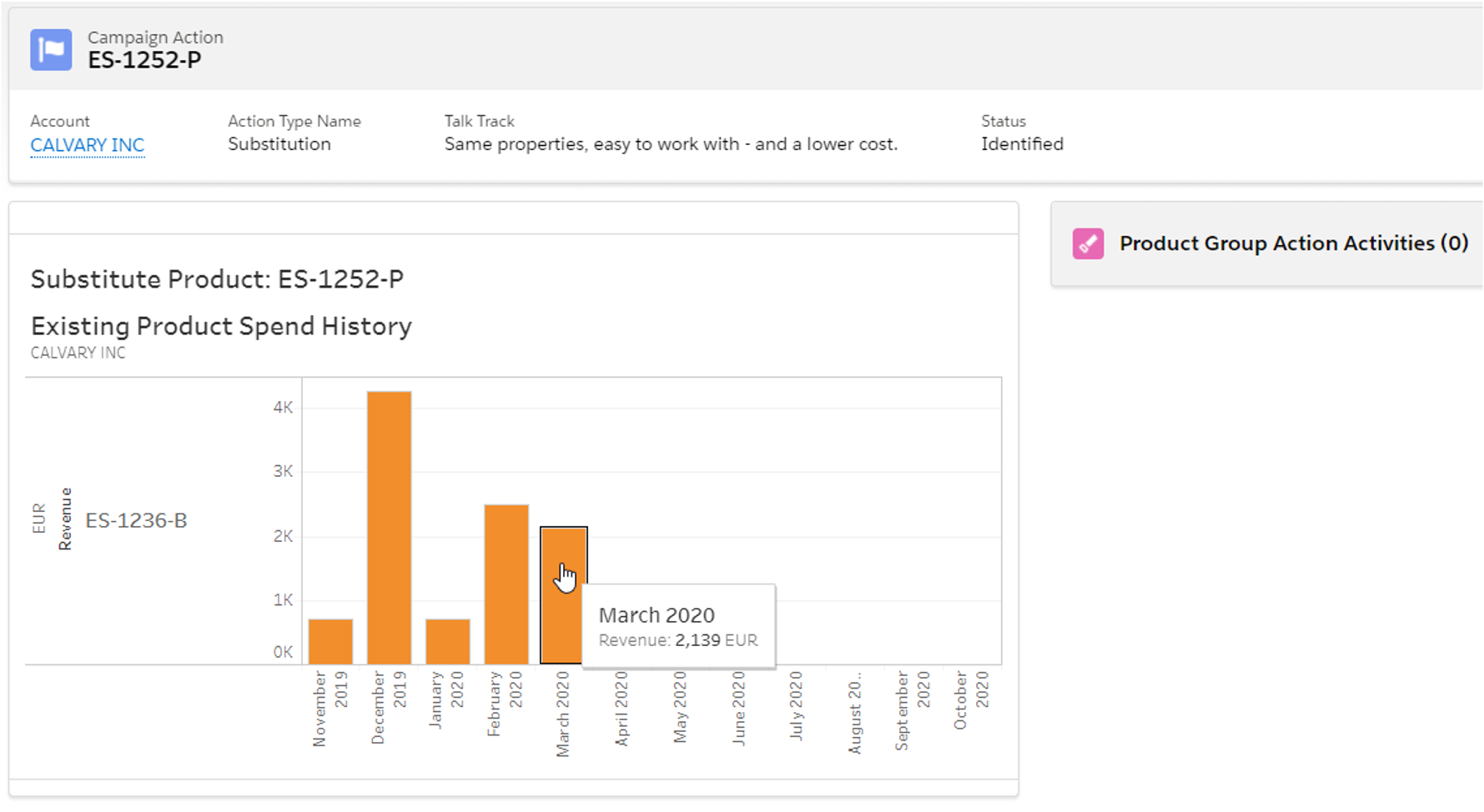One of the key points my Zilliant colleagues and I focus on when advising customers is the importance of keeping up with the relentless pace of new business triggers that impact the B2B world. This advice is informed by real customer insights – the folks we work with receive cost changes from suppliers more frequently than ever, experience macro economic trends such as tariffs and supply chain disruptions, and deal with an increased number of customer touch points and data sources from IoT devices to eCommerce channels.
For the average B2B seller, who may have upwards of 50 accounts to manage and grow, separating the signal from the noise is an increasingly untenable task. New strategies coming down from corporate –i.e.grow profit, but not at the expense of sales; push through a price increase; take more wallet share; ensure at-risk contracts hit volume commitments; sell this preferred brand or move that stale inventory – can be overwhelming, contradictory and lack the specificity to be realistically actionable. While inundated with loads of new information, reps are at the same time expected to do more with less time and fewer face-to-face interactions with their customers.
This is especially the case since the start of the COVID-19 pandemic when virtual sales became the norm and eCommerce growth outpaced traditional selling channels by a wide margin. Now, as there is light at the end of the COVID tunnel, new pressures like supply chain havoc, inflation, inventory shortages and surging demand are leading to more flavor-of-the-month (or week) corporate dictates that spread reps thin.
So, what happens? Inevitably, sales teams fall back on their comfort zone: selling familiar goods to “strategic accounts.” While it makes sense to focus on the customers that generate the most sales, B2B companies are missing significant revenue opportunities in the long tail. Product line proliferation combined with the increasing number of accounts assigned to each sales rep is creating massive complexity. As a result, sales reps cannot possibly identify and pursue all potential opportunities in their territories.
Companies are thus missing scores of opportunities to grow and retain business despite their investments in sales reporting and other technologies. Salesforce automation and analytics were meant to empower sales teams to better manage all customer relationships, not just the top 20 percent. Inpractice, however, those initiatives often make it more difficult for reps to look beyond their top-tier customers for sales opportunities. Sales teams now spend significantly more time on data entry and manual analysis and too little time on identifying and pursuing new growth opportunities in “non-strategic” accounts. While it’s tempting to view the long tail as inconsequential, in many cases it represents a much larger growth opportunity in aggregate than existing strategic accounts. Many of these smaller accounts have the potential to buy much more, if sales reps spent more informed time developing them.
Creating a Flexible Sales Organization
Rather than another tool that creates more work, sales reps need efficient tools to surface and disseminate actionable sales intelligence quickly. This effort also implicates the broader team, as both sales operations and sales management stakeholders must align on the enhanced processes around specific, granular actions for sales. Frontline sales managers need to be set up to effectively coach to the guidance, which is only possible with a closed-loop feedback mechanism that measures sales adoption and incremental revenue. The entire sales organization must be empowered to filter, refine, execute and measure new corporate campaigns – a process that relies on predictive algorithms, rather than manual analysis. Only at this point can sufficient and efficient attention be paid to both the strategic and long-tail accounts. Attack the right opportunities, while eliminating the time-wasting “noise”from the equation.
The right combination of data science-driven predictive analytics and real-time campaign management allows sales teams to pivot on a dime to execute against new strategies and dynamic business triggers.
Example: Taking Inventory
Let’s get specific.What is the right sales guidance technology and how does it work? In my last post, I described the lay of the land for B2B sales teams and management coming out of the pandemic. Now let’s focus in on a particularly acute post-pandemic pain point for most B2B companies, one that is alleviated by a combination of Zilliant Sales IQ™and Zilliant Campaign Manager™.Namely, manufacturers and distributors alike are experiencing inventory challenges that are nearly unprecedented as the global supply chain attempts to kick back into high gear. Here’s how companies that have invested in this software are creating a competitive advantage out of these major challenges.
Read more: Can a Product Alternative Strategy Help You Navigate the Broken Supply Chain?
Action Type: Inventory-Aware Product Substitution
- Product managers identify the low-inventory and difficult-to-buy products along with their in-stock substitutes
- Upload the product mapping and call on Sales IQ to identify all customers that are currently buying the low stock items with sufficient frequency
- Once identified, sales operations teams can use Campaign Manager to create and refine a Campaign to get an action out to the sellers for the affected accounts. For example, only surfacing actions for customers that have purchased the products in the past six months, have purchased the products a minimum of five times and at a volume of at least 2,000 units
- Sales reps see a simple product substitution action when logging into their CRM system, prompting them when there is an opportunity to convert sales to a comparative product in stock
- Campaign Manager’s embedded talk tracks provide contextual guidance and with just one click reps can view there levant spend history within the product substitution recommendation
- With the scoping ability inside Campaign Manager, sales reps don’t get overwhelmed by all possible product substitution opportunities-just those most likely to make the greatest impact

Action Type: Inflationary Price Increase
- Finance and product managers identify the products most affected by inflationary cost pressures which are eroding margins
- Using Zilliant Price IQ® or Price Manager™,make sure the pricing on those products is updated to reflect the higher costs
- Modify the pricing campaign in Campaign Manager– reading from the Price Manager output – to specifically target those products most affected by cost increases
- Run and publish the campaign to push out specific actions for each sales rep to focus on the price increases that will protect margins and make the most impact for their business
Read Part 1, "Meet the New B2B Sales Model," here.
Read Part 3, "More than a Channel: eCommerce as a Selling Tool," here.



